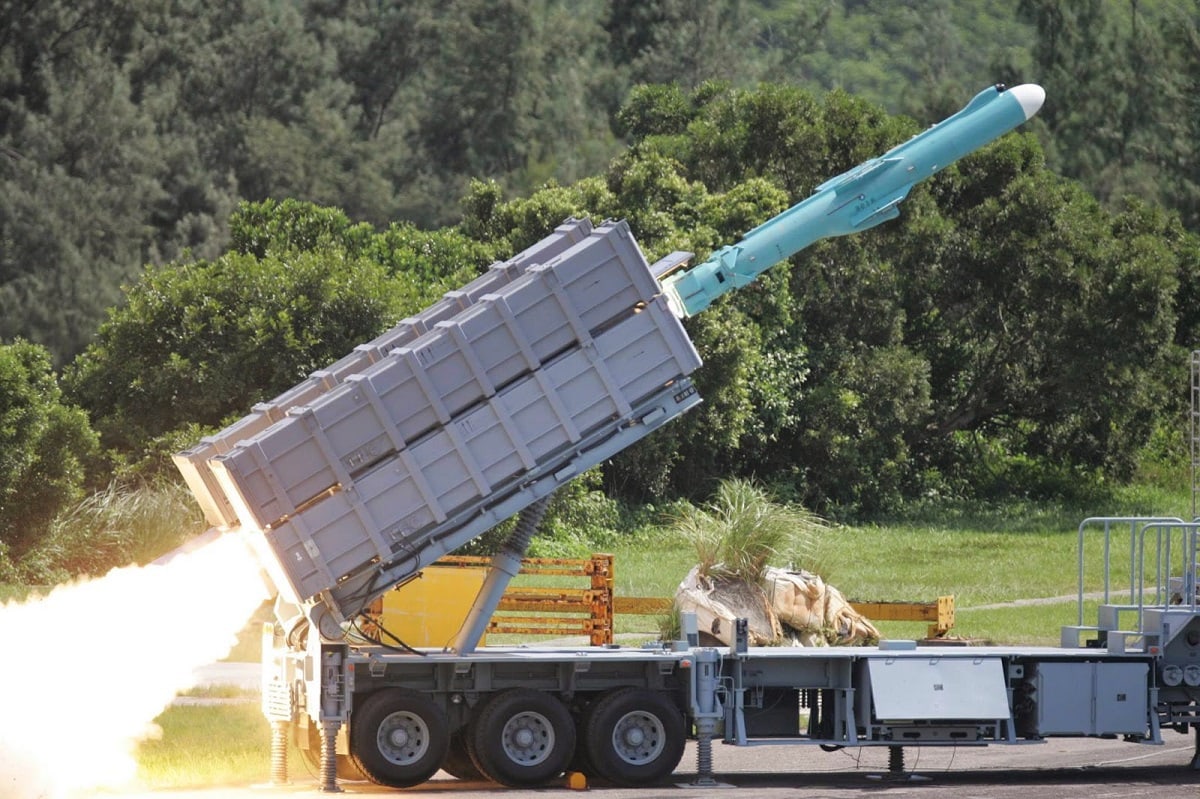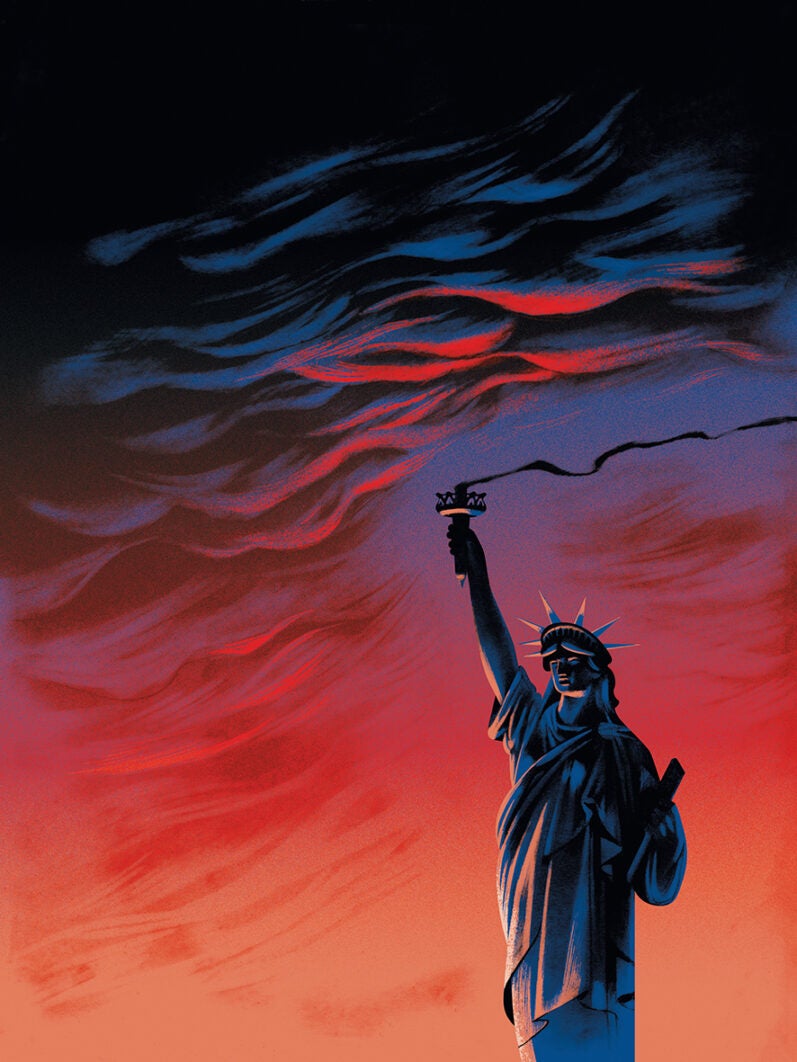Max Boot
Western leaders have been gathering in Europe this week for the Group of Seven meeting and the NATO summit, with Ukraine at the top of the agenda. The G-7 leaders reemphasized their “condemnation of Russia’s illegal and unjustifiable war of aggression against Ukraine” and promised to “stand with Ukraine for as long as it takes.”
The Kremlin sent its rejoinder in the form of missile strikes on civilian targets in Kyiv and Kremenchuk. The Kremenchuk strike was particularly deadly: A Russian bomber apparently fired at least one Kh-22 cruise missile at a crowded shopping mall, killing at least 18 civilians and injuring many more. This is a war crime designed to send a message: Russian dictator Vladimir Putin wants to make clear that neither the government in Kyiv nor its allies in the West can protect Ukrainians from his military machine. Putin is trying to break the will of his enemies. It’s not working (in a new poll, 89 percent of Ukrainians rejected sacrificing land for peace), but he has not yet lost hope he can still prevail.
Most likely the Butcher of Bucha calculates that he can eventually take all of the eastern Donbas region, where his forces have been making incremental progress. His military could then shift its focus toward Odessa, Ukraine’s last remaining Black Sea port. If Putin were able to conquer all of eastern and southern Ukraine, President Volodymyr Zelensky would be left to govern what would effectively be little more than the medieval principality of Kyiv. Russia is pursuing a crueler version of the Union’s Anaconda Plan designed to batter the Confederacy during the Civil War into starvation and submission.




















